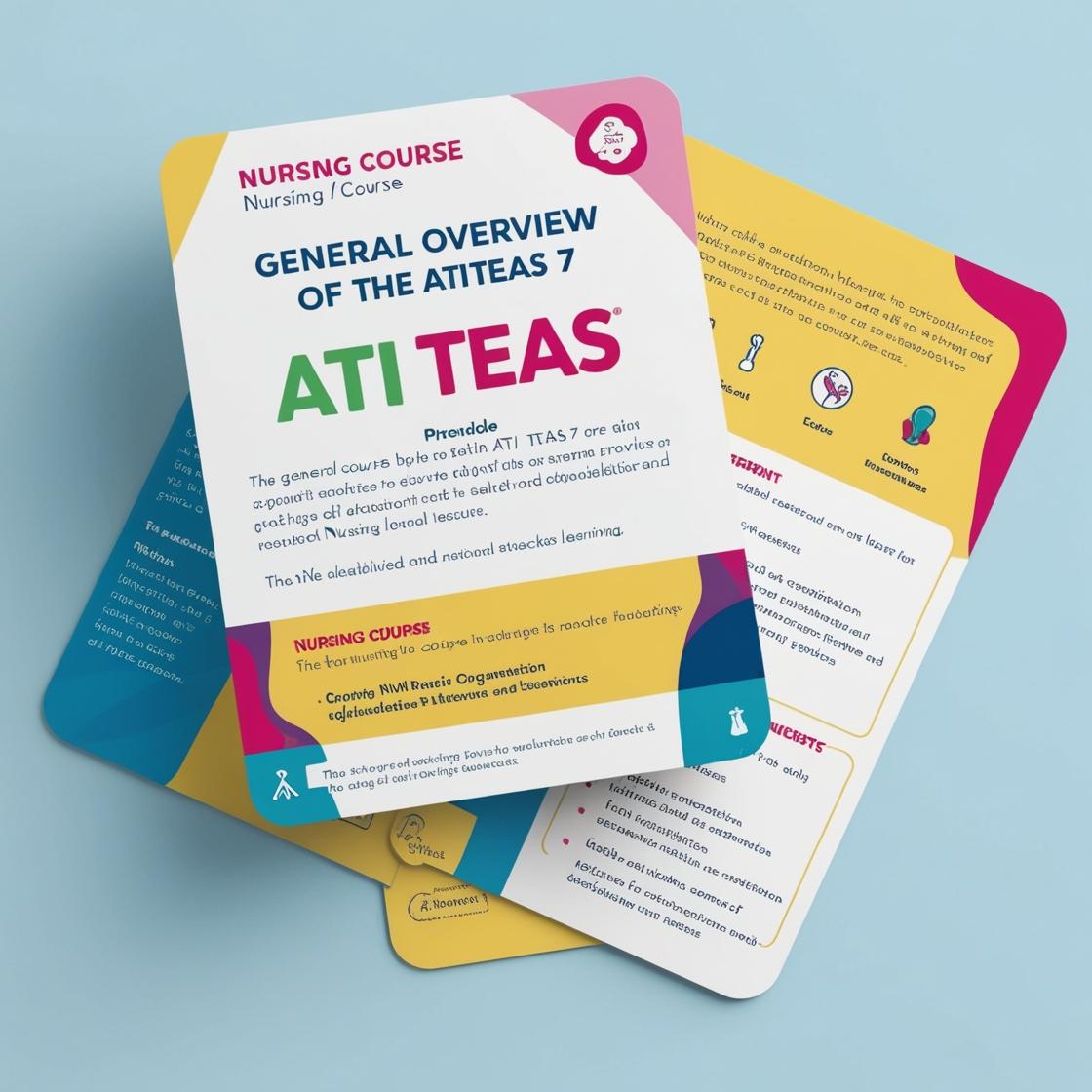ATI TEAS 7
ATI TEAS 7 English practice test
1. Which sentence uses the past perfect tense correctly?
- A. By the time I arrived, the party had already begun.
- B. I wish I had studied harder for the exam.
- C. We will have finished the project by Monday.
- D. She had been waiting for hours before he finally showed up.
Correct answer: A
Rationale: Option A correctly uses the past perfect tense to show an action that was completed before another past action. In this sentence, 'the party had already begun' indicates that the party started before 'I arrived.' This structure is typical of the past perfect tense. Choice B uses the past perfect tense but does not demonstrate the sequence of actions in the past. Choice C uses the future perfect tense, indicating completion of an action by a future time. Choice D uses the past perfect continuous tense, not the simple past perfect tense required by the question.
2. When writing a blog post, what should you consider including?
- A. Long, detailed paragraphs for comprehensive coverage.
- B. Frequent use of emojis and informal slang for a casual tone.
- C. Engaging headlines, subheadings, and bullet points for scannability.
- D. Use academic vocabulary to sound intellectual.
Correct answer: C
Rationale: When writing a blog post, it is crucial to consider including engaging headlines, subheadings, and bullet points for scannability. This formatting is essential as it enhances readability for readers who prefer scanning content rather than reading it thoroughly. Long, detailed paragraphs (Choice A) may overwhelm readers and deter them from engaging with the content. Using emojis and informal slang (Choice B) may not suit all types of blog posts and could potentially diminish the professionalism of the content. While using academic vocabulary (Choice D) can be beneficial in certain contexts, it may not always be necessary or suitable for a broader audience reading a blog post.
3. Which sentence uses the passive voice correctly?
- A. The letter was written by Mary.
- B. John built the house.
- C. She gave the flowers to him.
- D. They were eating dinner.
Correct answer: A
Rationale: Option A correctly uses the passive voice by placing the emphasis on the object (letter) that received the action (was written) rather than the subject performing the action. The phrase 'by Mary' indicates the agent who performed the action, making it a clear example of the passive voice structure. Choices B, C, and D are all in the active voice, where the subject performs the action directly on the object. In the context of identifying the correct usage of the passive voice, option A stands out as the only suitable example.
4. Which word correctly completes the sentence: 'He was _____ by the kindness of strangers.'
- A. affected
- B. infected
- C. effected
- D. defected
Correct answer: C
Rationale: The correct answer is 'effected.' In this context, 'effected' means to produce a result or impression, which aligns with the emotional impact of the strangers' kindness. The other choices are incorrect: A) 'affected' might seem plausible, but 'effected' is a better fit as it implies a direct result. B) 'infected' is incorrect as it implies a negative or harmful impact, which is not the intended meaning. D) 'defected' means to abandon allegiance, which is not relevant in the given sentence.
5. Which of the following sentences uses the most formal language?
- A. The movie was awesome!
- B. The film did not meet my expectations.
- C. I found the cinematic experience to be unsatisfactory.
- D. The flick was pretty bad.
Correct answer: C
Rationale: Option C uses formal language by employing more sophisticated vocabulary ('cinematic experience') and refraining from informal terms like 'awesome' and 'flick.' Choice A ('awesome') and Choice D ('flick') use informal language typically used in casual contexts, making them less formal. Choice B, while more formal than Choices A and D, is still less formal than Choice C due to its less sophisticated vocabulary and directness in expressing dissatisfaction compared to the refined language used in Choice C.
Similar Questions

Access More Features
ATI TEAS Premium Plus
$149.99/ 90 days
- Actual ATI TEAS 7 Questions
- 3,000 questions with answers
- 90 days access
ATI TEAS Basic
$99/ 30 days
- 3,000 Questions with answers
- 30 days access
